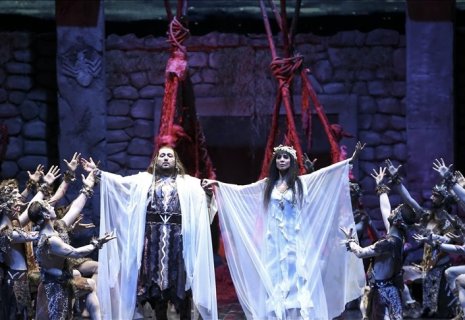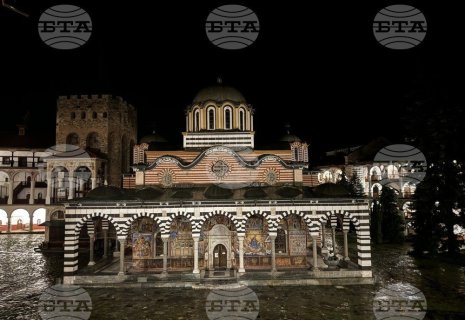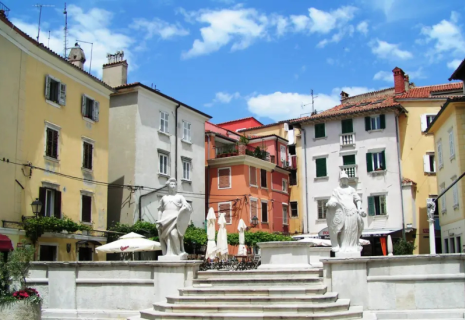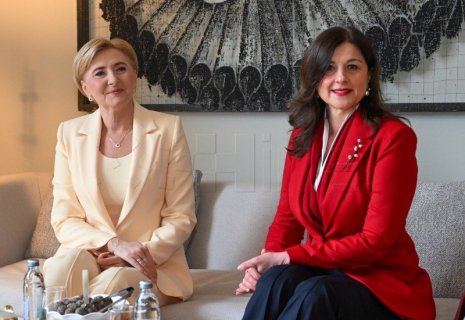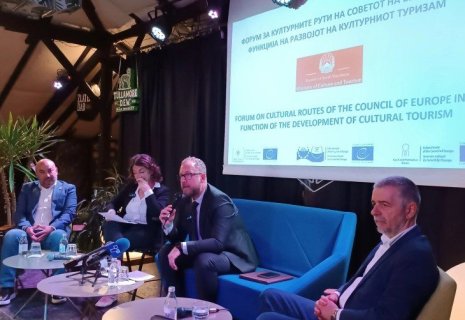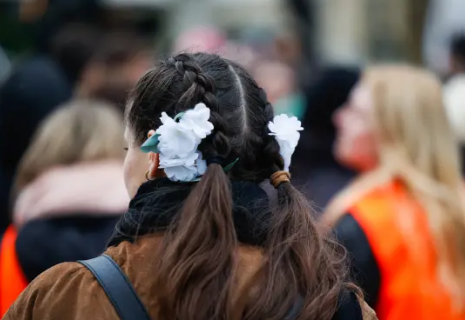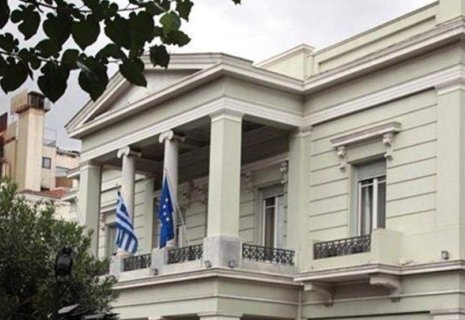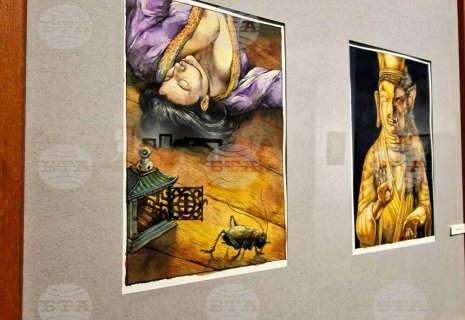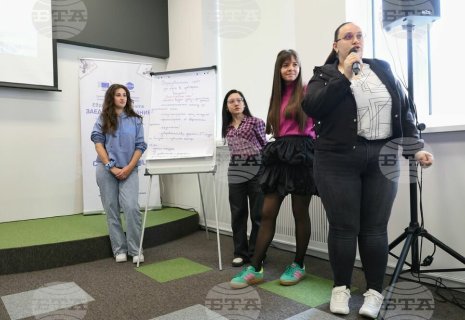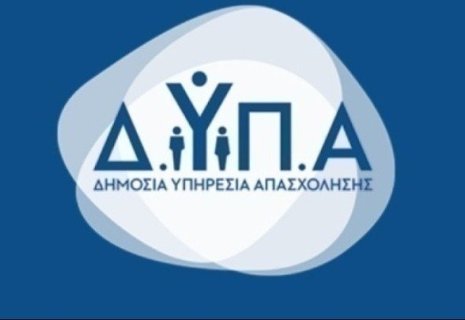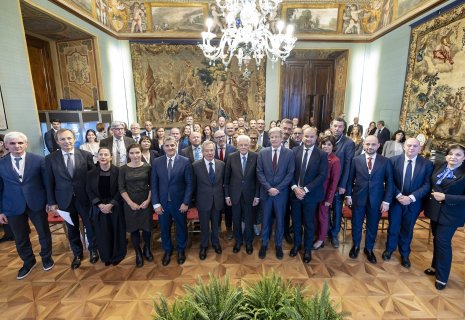
Croatian roots shine in Peruvian Easter Fest
Croats in Peru will celebrate Easter at the local "Dubrovnik" association with egg painting, an Easter lunch, the traditional egg-tapping game, and a children’s contest for the most beautifully decorated egg, as they wish to preserve customs from Croatia, CE Report quotes HINA.
“Come and join us for a different kind of afternoon, full of laughter, creativity, and tradition,” reads the invitation from the Dubrovnik association in Lima, the capital of Peru.
On Saturday afternoon, they will gather to paint eggs in order to celebrate Easter on Sunday in the traditional Croatian way.
"Each painted egg will be a small symbol of love, care, and connection to our Croatian roots," the association stated.
Every year, Croats in this South American country come together for an Easter lunch, celebrating the holiday just as their ancestors have done for centuries.
Children up to the age of ten will compete for the most beautifully decorated egg, and other games will also be organised for them.
"The Croatian association Dubrovnik is your second home," said the Croatian community.
In Peru, a country of 34.8 million people, around 6,000 Croats and their descendants live, according to the Central State Office for Croats Abroad. However, research by honorary Croatian consul Ana María Kuljevan suggests that the actual number is significantly higher.
Peru was the first South American country to which Croats arrived, back in the 16th century. In 1573, Dubrovnik nobleman Basilije Basiljević, like thousands of other Europeans, set off to try his luck in South America.
Drawn by the legend of El Dorado, a mythical city of gold supposedly located somewhere in South America, he made his way to Peru.
In Cusco, the capital of the Inca Empire, the conquerors built 28 churches, one of which was the Church of St Blaise, constructed by Croatian sailors and Basiljević. Later, families from the Dubrovnik region such as the Divočić and Škrabonja families, along with other settlers, also arrived.
Larger numbers of Croats began arriving in Peru in the second half of the 19th and early 20th centuries. These were mostly people from Dubrovnik, with some coming from other parts of Dalmatia and the coastal region.
In the late 19th century, the export of natural guano fertiliser was booming, and some Croatian emigrants tried their luck in that industry. With the end of colonial rule and the establishment of the Republic of Peru, the country began developing its mining sector, which encouraged Croats to head into the Andes and engage in the extraction of copper, gold, and silver.
By the late 19th century, Croats—mainly from the Dubrovnik region—had become a prominent foreign community in Cerro de Pasco, a city in central Peru, located at the top of the Andean Mountains.
A smaller number of Croats arrived after the First World War. Then, in 1948, following the Second World War, a group of around 1,000 Croatian political emigrants from across Croatia settled in Peru.

